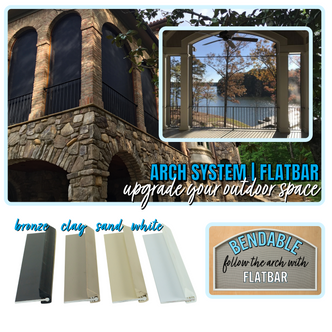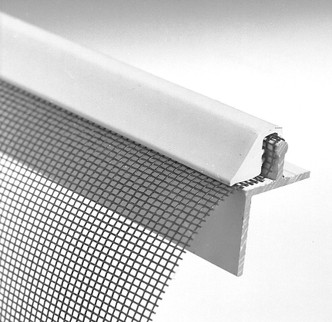Product Overview
If you prefer to straight-cut your SCREENEZE® frame instead of miter-cut, then plinths are the answer for you! They will give your screen enclosure a finished look for years to come. They are available in the same colors as your SCREENEZE (corner or recess-mounted) or SNAPTRACK (surface-mounted) system for a perfect match. You will need one kit per screen opening/panel.
Benefits
- Designed specifically for SCREENEZE or SNAPTRACK
- Color options to match screen system - white, sand, bronze, and clay
- Creates a finished look
Plinth Corner Kit Includes (For SCREENEZE or SNAPTRACK)
- 4 corners
- 4 screws
Plinth Flush Mount Kit Includes (For SCREENEZE only)
- 4 corners
- 4 bases
- 12 screws
Plinth Installation Installation For Square Cut
This Product is ONLY needed if you prefer not to miter cut SCREENEZE product. Read below for instructions on how to use.
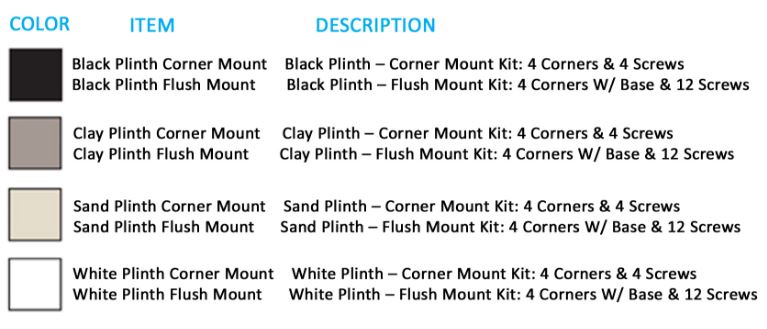
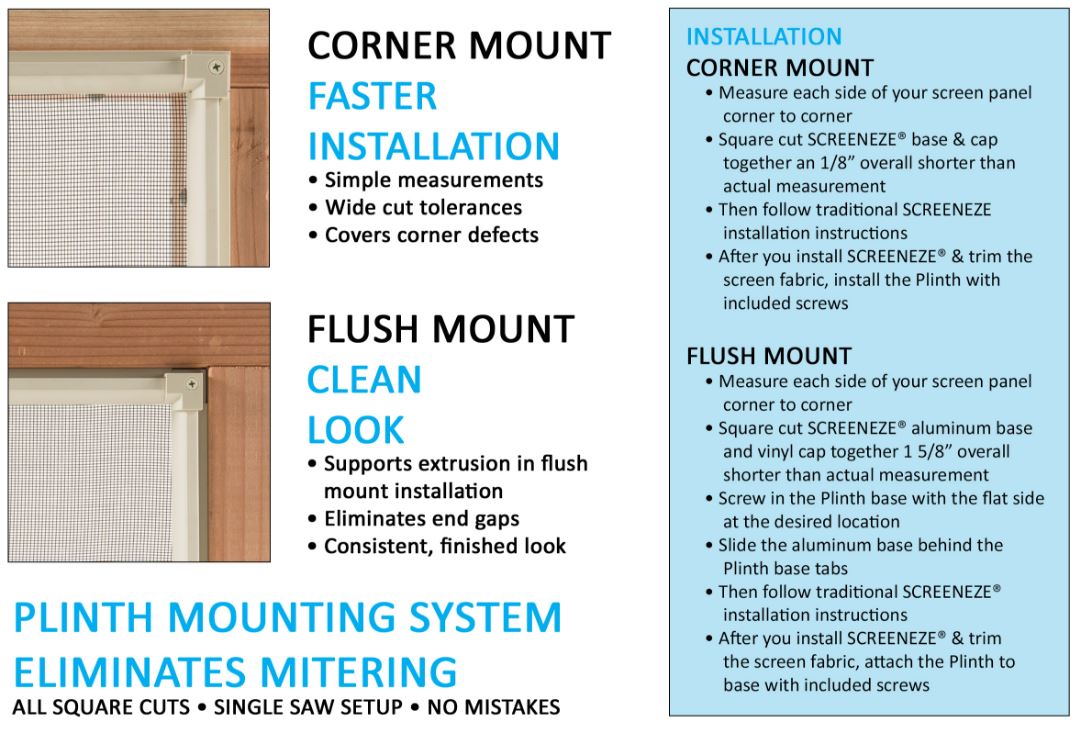
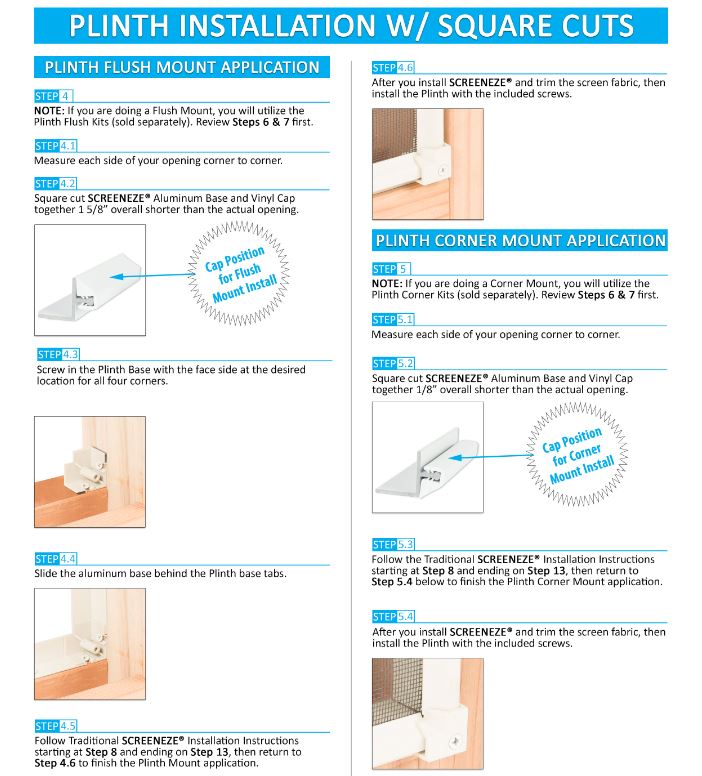
FAQs
Wondering if you need a plinth mounting system? Read more about the two types of cuts/joints you can use for your SCREENEZE or SNAPTRACK system below, or contact us! We would be happy to discuss your project with you and make sure you have everything you need to complete your project. You can also visit the Metro Screenworks showroom in Highlands Ranch, Colorado to see our products and how they work in person.
What Is A Miter Cut?
An angled cut that can be used as part of a miter joint. The two parts of the porch screening system are cut at an angle (45 degrees) to butt together to form a 90 degree angle. This kind of cut when used with the system naturally creates a finished look.
What is a Square or Straight Cut?
When a cut is made straight across the frame (base and cap) to form a joint with two pieces of frame perpendicular to each other. In other words, one end of the frame is butted up against the side of another piece of frame. Corners are needed to cover the unfinished end of the joint.
Learn More
Reviews
1 Review Hide Reviews Show Reviews
-
Good product
I found screeneze to be a very good product. I have used other products and this is superior . I made screens that were 100" wide and they fit beautifully.








